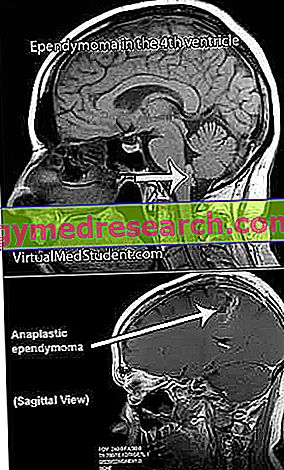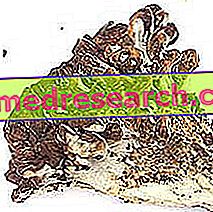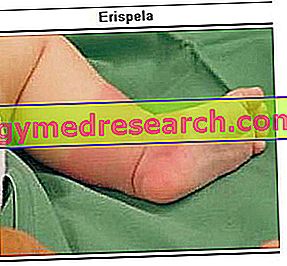Definition
Ehlers-Danlos syndrome consists of a set of hereditary diseases characterized by altered coding, transcription and synthesis of collagen.The 6 main types of Ehlers-Danlos syndrome are: classical, hypermobile, vascular, kyphoscoliotic, arthralgia and dermatosparaxis. There are also extremely rare or difficult to classify forms.
In most cases, Ehlers-Danlos syndrome is caused by faulty or reduced production of collagen and other components of connective tissue . Genetic transmission is usually autosomal dominant, but Ehlers-Danlos syndrome can present itself in a heterogeneous way (for example, the cifoscoliotic type is autosomal recessive).
The manifestations of Ehlers-Danlos syndrome vary widely. The predominant symptoms include articular hypermobility, hyperactivity of the dermis and diffuse fragility of the tissues. Ehlers-Danlos syndrome is also characterized by a slow and deficient wound healing.
Most common symptoms and signs *
- Changes in the menstrual cycle
- Alve alterations
- Asthenia
- Retrosternal burning
- palpitations
- Cyanosis
- Muscle cramps
- Dyspnoea
- Abdominal pain
- Articolar pains
- Muscle pains
- Bruising
- Ease of bleeding and bruising
- Reddened gums
- Joint swelling
- Heat intolerance
- hyperkyphosis
- Joint hypermobility
- Iridodonesi
- Livedo Reticularis
- Backache
- Headache
- Paresthesia
- Gastrointestinal perforation
- Carinated breast
- pneumothorax
- Rectal prolapse
- Uterine prolapse
- Reduced vision
- Rupture of the uterus
- Nosebleeds
- Scoliosis
- Tachycardia
- Funnel chest
Further indications
In the differential diagnosis, it is important to distinguish the hypermobile Ehlers-Danlos syndrome (previously recognized as "type III") by the hyperextensible joint syndrome, to which it resembles. Identifying the hypermobile Ehlers-Danlos syndrome is essential, as affected patients may present with severe forms of valve prolapse and mitral insufficiency.
The correct diagnosis of vascular Ehlers-Danlos syndrome is also important, as spontaneous ruptures of the colon, uterus (especially during pregnancy) and vascular tree are possible.
Other types of Ehlers-Danlos (especially the classical phenotype) are characterized by extremely thin skin, so that it appears almost transparent, loose (with redundant skin folds), velvety and with a tendency to tear easily. Often, there are large scars "papyrus paper" at the level of bony prominences (in particular, on elbows, knees and shins). Above these lesions, subcutaneous fibrous cysts (or molluscid pseudotumors) can form.
Furthermore, the skin is hyper-sensitive: it can be stretched for several centimeters, but once released it returns to its normal position. Ehlers-Danlos syndrome is also characterized by the tendency to distortion and joint dislocation. Furthermore, deformities of the spine (scoliosis or kyphosis) and chest, early osteoarthritis, flat foot, muscular hypotonia, fatigue and tendency to cramps may be present. At the level of the gastro-intestinal tract, hernias and diverticula frequently occur, while spontaneous perforations are rare. Possible cardiovascular complications include: easy ecchymosis, capillary fragility and blood vessel formation, tendency to the formation of aneurysms and dissections, cardiac valvulopathies and venous varicosities.
The diagnosis is mainly clinical and can be supported by specific genetic and biochemical tests. There is no specific therapy for Ehlers-Danlos syndrome. For the reasons listed above, trauma should be minimized.



